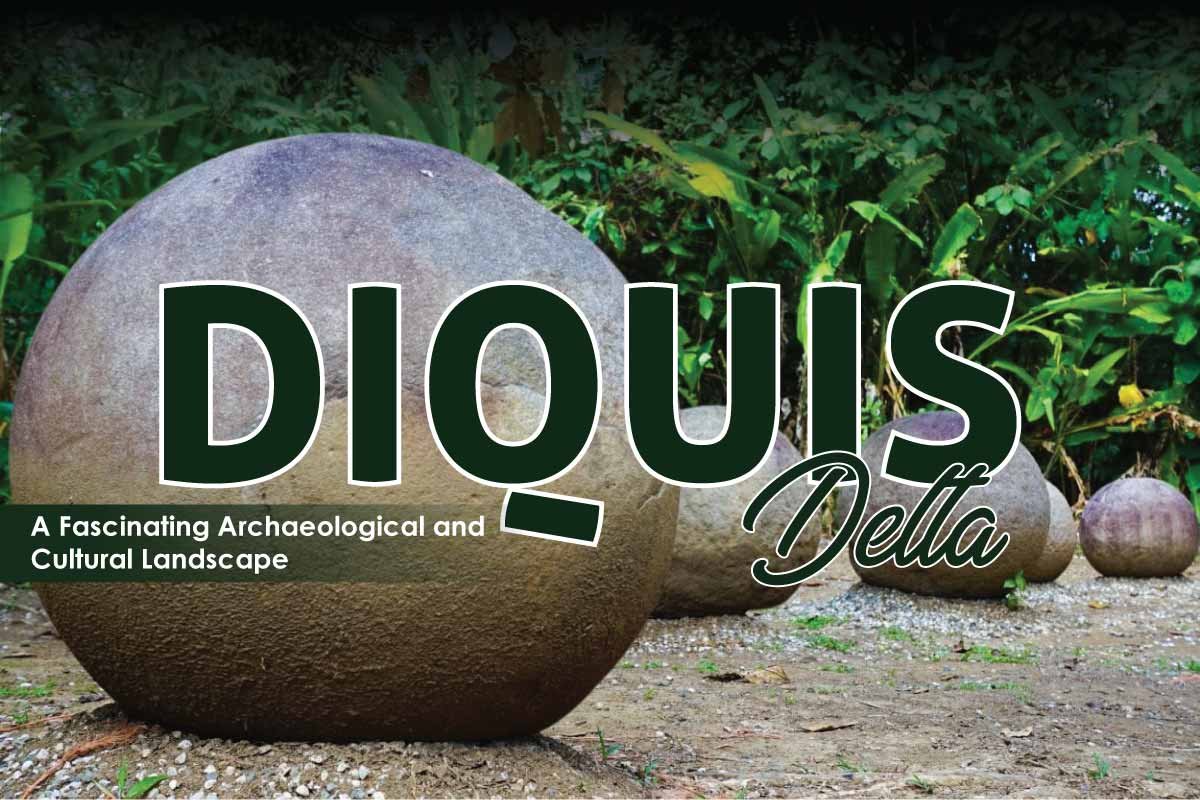The Diquís Delta is a remarkable geographical region located in the southern part of Costa Rica, known for its rich history, stunning landscapes, and particularly its cultural significance. It is an area that has long captivated archaeologists, historians, and travelers alike due to the mysteries that surround the ancient civilizations that once inhabited it. The Diquís Delta is best known for its association with the pre-Columbian indigenous people of Costa Rica, the Diquís culture, and for the discovery of the fascinating “Stone Spheres of Costa Rica,” also known as the Diquís Spheres.
The delta, where the Diquís River meets the Pacific Ocean, offers an intriguing glimpse into the past and is a UNESCO World Heritage site, recognized for its cultural and historical value. This article explores the significance of the Diquís Delta, its archaeological discoveries, and the cultural heritage that continues to influence Costa Rica today.
Geography and Ecology of the Diquís Delta
The Diquís Delta is situated in the Osa Peninsula in the southern part of Costa Rica, an area famous for its biodiversity and ecological importance. The region is characterized by lush tropical rainforests, swamps, and fertile floodplains. The Diquís River, which forms the heart of the delta, flows into the Pacific Ocean, creating a rich environment for plant and animal life.
Ecologically, the area is vital for its diverse flora and fauna, including rare species such as scarlet macaws, tapirs, and jaguars. It forms part of the Osa Conservation Area, which encompasses several protected national parks and reserves, including Corcovado National Park, widely considered one of the most biodiverse places on Earth. The Diquís Delta is not only important for its archaeological sites but also for its ecological richness, making it a significant destination for both environmental conservationists and archaeologists.
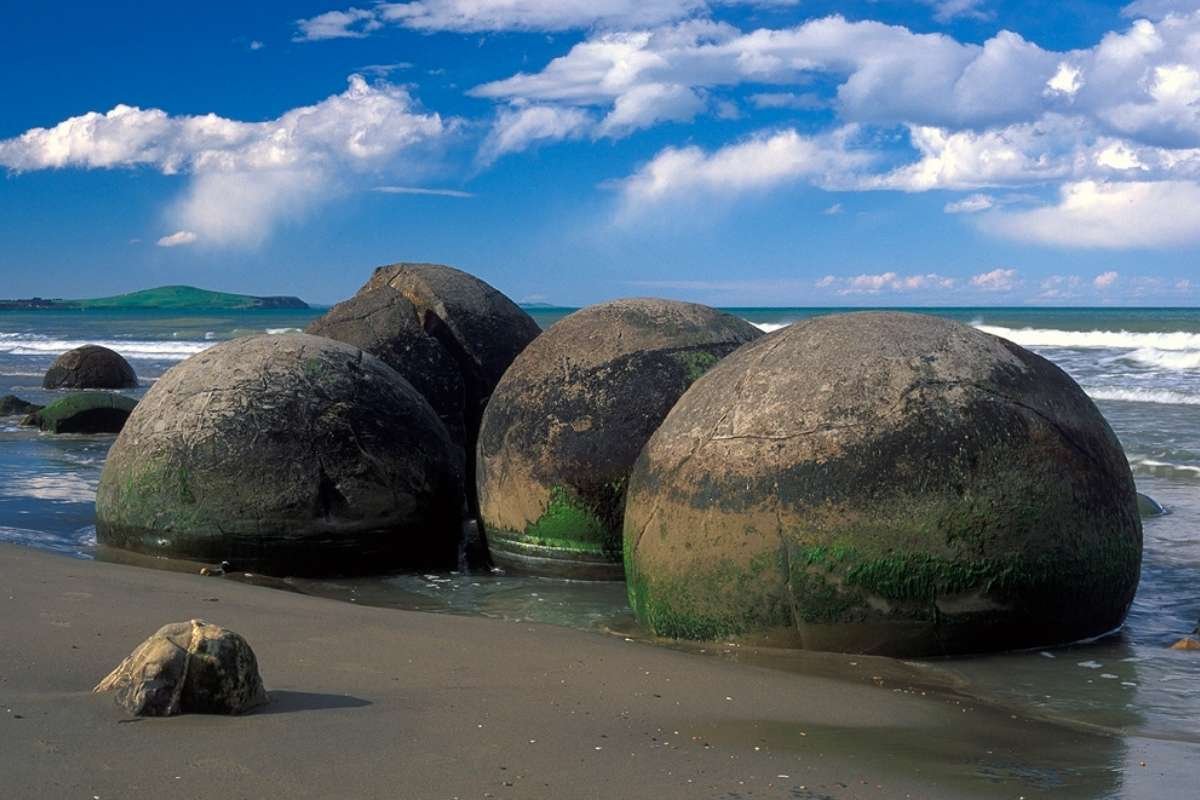
The Diquís Culture: An Ancient Civilization
The Diquís Delta was once inhabited by the Diquís culture, a pre-Columbian indigenous group that thrived in the region from about 500 AD to the 16th century. The Diquís people were part of the larger Isthmo-Colombian area and are considered to be ancestors of modern indigenous groups in Costa Rica.
The Diquís culture was known for its impressive engineering feats, sophisticated social structures, and intricate craftsmanship. They lived in large villages along the riverbanks, and their economy was primarily based on agriculture, including the cultivation of maize, beans, and cacao, as well as fishing and hunting. The Diquís people also engaged in trade with other groups, exchanging goods such as gold, jade, and ceramics.
One of the most significant aspects of Diquís culture was their religious beliefs and ceremonial practices. The region is home to numerous burial mounds, stone sculptures, and ancient ritual sites that provide insights into the spiritual life of the Diquís people. Their religious ceremonies were often held at specific times of the year, aligning with celestial events such as solstices and equinoxes. These practices were likely influenced by a deep connection to nature and the cycles of the seasons.
The Discovery of the Stone Spheres
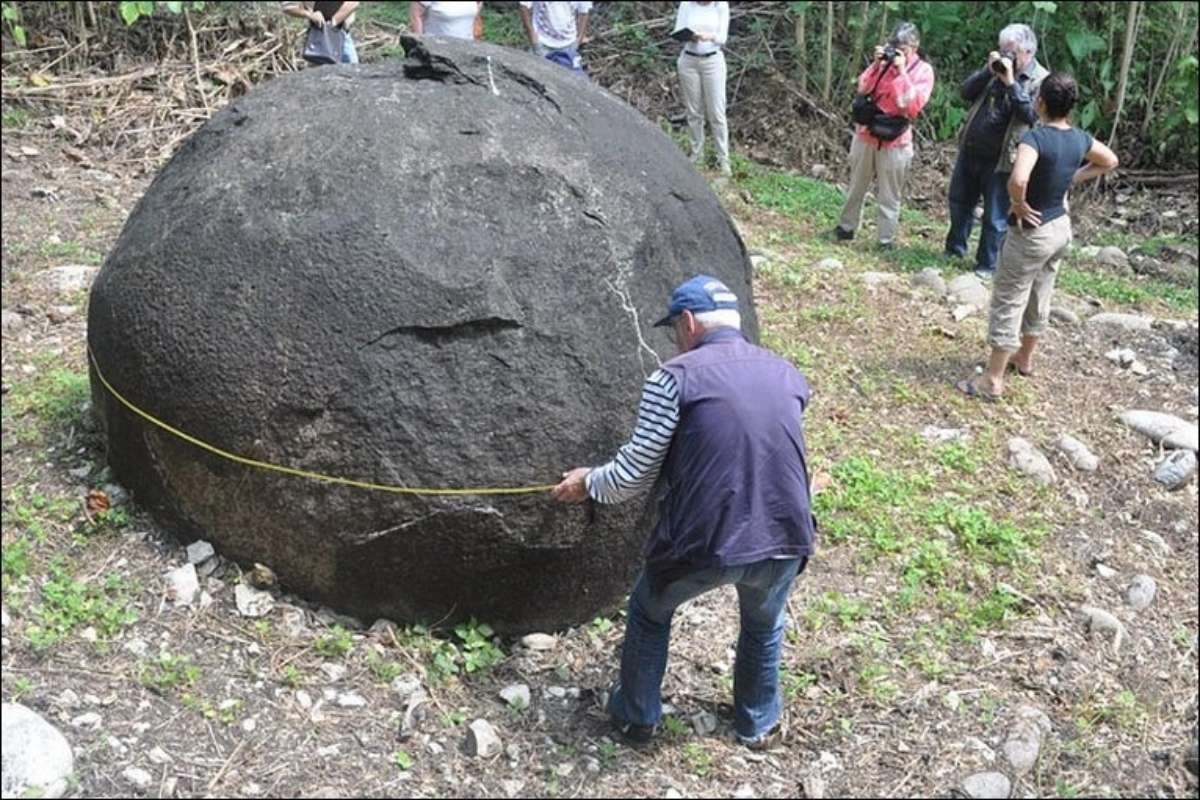
Arguably, the most famous feature of the Diquís Delta is the mysterious stone spheres, also known as the “Las Bolas” or “Diquís Spheres.” These perfectly round stones, some weighing as much as 15 tons, were discovered in the 1930s when workers were clearing land for banana plantations. The spheres have since become one of the most iconic symbols of Costa Rica’s archaeological heritage.
The stone spheres vary in size, with some measuring over 2 meters in diameter, and are made from a dense, hard rock known as gabbro. Their purpose and the method of their creation remain subjects of debate among archaeologists. Some theories suggest that the spheres may have had a ceremonial or symbolic function, possibly representing celestial bodies, fertility, or the cycles of nature. Others speculate that they were used as markers for territorial boundaries or as part of a sophisticated calendrical system.
The construction of the stone spheres demonstrates the advanced technological capabilities of the Diquís people. The process of carving and shaping the stones remains a mystery, as no clear evidence has been found to explain how the stones were transported or formed with such precision. Some scholars believe that the stones were carved using primitive tools made of jade or other hard materials, while others speculate that the Diquís people may have used advanced methods of casting or molding stone.
The stone spheres are often found in clusters, sometimes arranged in straight lines or circular patterns. This suggests that they may have been part of larger ceremonial or ritualistic landscapes. The fact that many of the spheres have been relocated or damaged over the years makes it difficult to fully understand their original placement and significance.
In 2014, the archaeological site of the Diquís Spheres was designated a UNESCO World Heritage site, underscoring the cultural and historical importance of these mysterious objects. Today, the spheres are scattered across the Diquís Delta region, with the largest collection located at the Finca 6 archaeological site in the southern part of Costa Rica.
The Archaeological Sites of Diquís
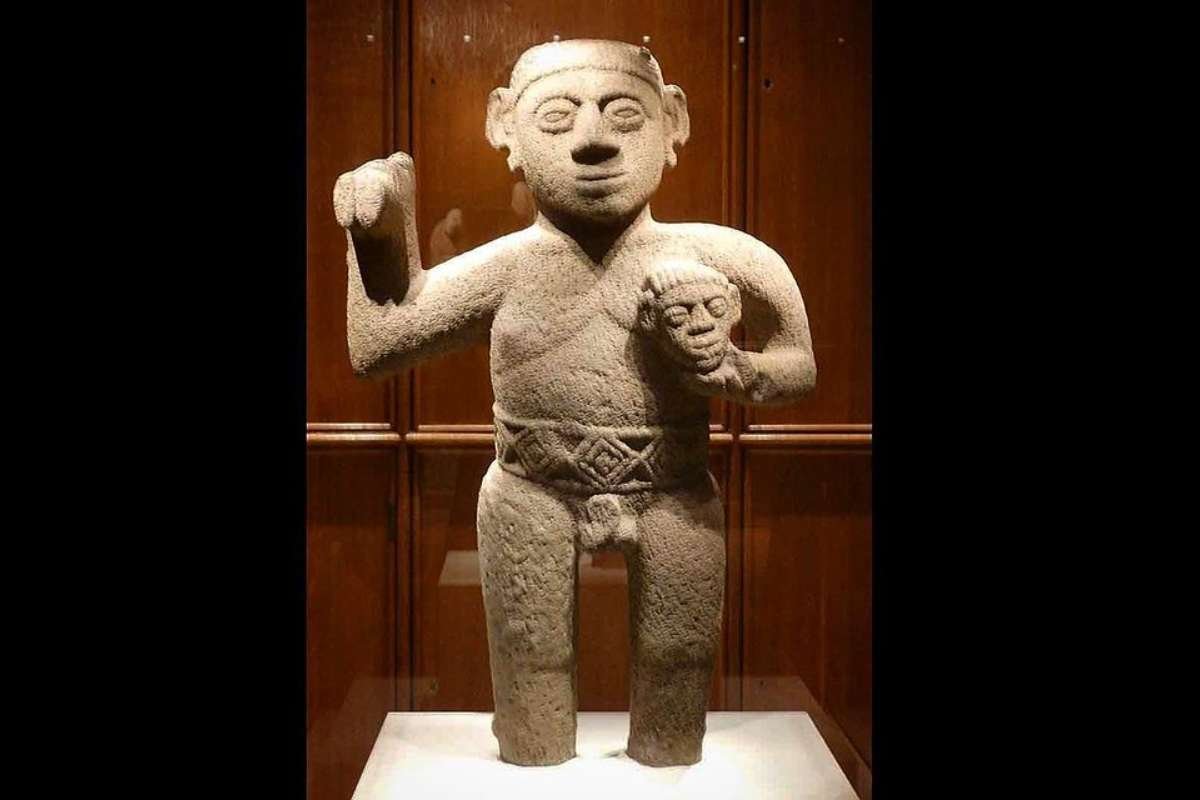
Beyond the stone spheres, the Diquís Delta is home to several important archaeological sites that shed light on the history of the Diquís culture. These sites include burial mounds, stone sculptures, and other artifacts that offer valuable insights into the social, political, and religious life of the ancient civilization.
The most notable of these sites is Finca 6, which contains a large concentration of stone spheres as well as burial mounds. Excavations at Finca 6 have revealed a wealth of information about the Diquís people, including their burial practices and the types of goods they traded. Artifacts discovered at the site include pottery, jade ornaments, and gold items, all of which suggest a complex and highly organized society with a rich material culture.
Other significant archaeological sites in the Diquís Delta include the Batambal site, which features stone structures and platforms, and the Sierpe River region, where numerous ancient burial mounds have been uncovered. These sites contribute to our understanding of the Diquís people’s lifestyle, social structure, and religious beliefs.
The ongoing excavation and preservation efforts in the Diquís Delta are essential for safeguarding this unique cultural heritage. While much has been learned about the ancient civilization, many questions remain unanswered, and further research will likely continue to yield fascinating discoveries.
Cultural Significance and Preservation
The Diquís Delta holds great cultural and historical significance, not only for Costa Rica but also for the wider region of Central America. The archaeological findings in the area have provided crucial evidence of the advanced capabilities of pre-Columbian societies, challenging previous assumptions about the complexity of indigenous cultures in the Americas before European contact.
Today, the Diquís Delta is a popular tourist destination, attracting visitors from around the world who come to explore its natural beauty and its fascinating archaeological sites. Tourism plays a crucial role in supporting local communities and raising awareness about the importance of preserving these sites for future generations.
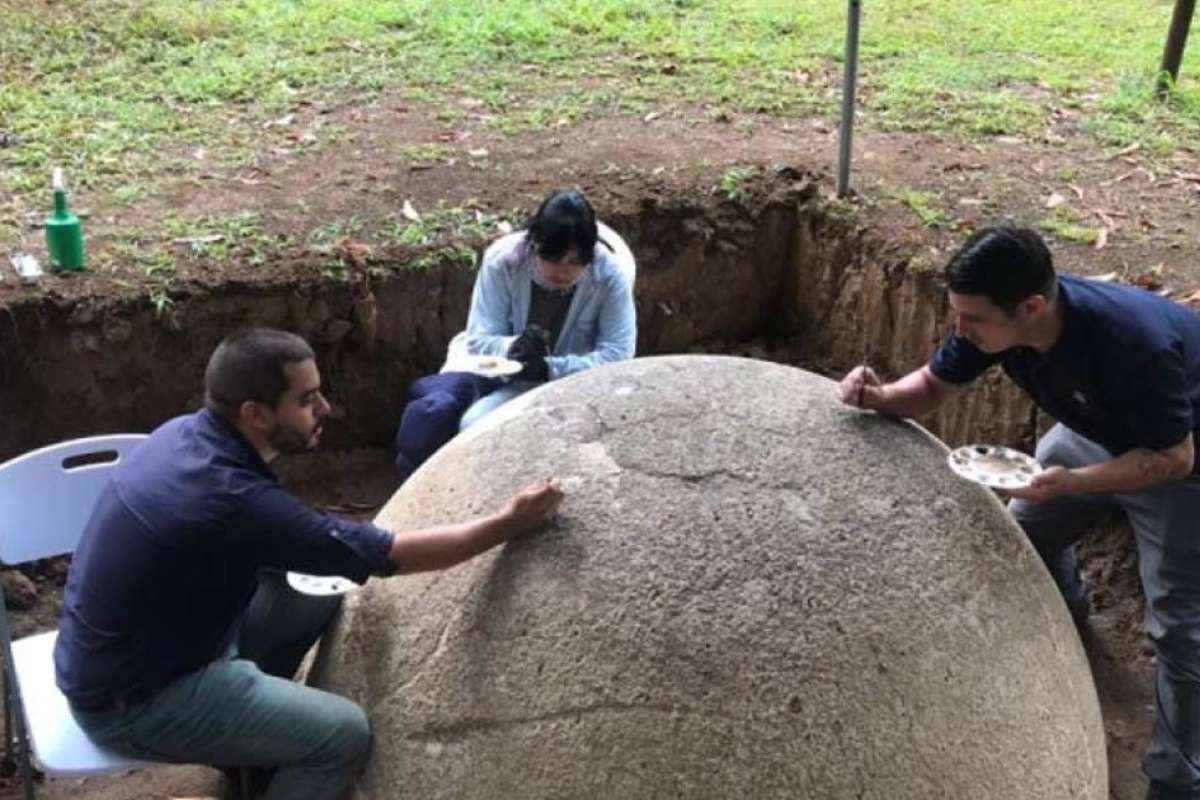
The Costa Rican government and various non-governmental organizations are working to protect the archaeological sites in the Diquís Delta. This includes efforts to mitigate the effects of agricultural expansion, development, and looting, as well as initiatives to promote sustainable tourism and environmental conservation.
In addition to its archaeological value, the Diquís Delta continues to be a place of cultural significance for the indigenous communities in the region. Descendants of the Diquís people still live in the area, maintaining their traditions, language, and spiritual practices. Many of these communities play an active role in preserving their heritage and contributing to the ongoing research and conservation efforts in the region.
Conclusion
The Diquís Delta is a region rich in history, culture, and natural beauty. Its archaeological treasures, including the enigmatic stone spheres and ancient burial sites, offer a fascinating glimpse into the lives of the Diquís people and their enduring legacy. The region’s ecological diversity and cultural significance make it one of the most important heritage sites in Costa Rica and a vital part of the broader history of indigenous civilizations in the Americas.
As the Diquís Delta continues to be explored and studied, it will undoubtedly reveal new insights into the ancient cultures that once thrived there. For now, the Diquís Spheres and the archaeological sites of the delta remain symbols of a past that continues to captivate and inspire those who seek to understand the mysteries of human history.

